One of the best ways to get a feel for history is to visit historical sites. One perfect example is York, in the United Kingdom, because the history of this city includes history of the Roman, Viking and Medieval periods. Much of this history is accessible within walking distance.
On our visit, the first place we went was York’s biggest tourist draw, the Gothic cathedral York Minster. The first recorded church built at this site was in 627 CE, although building on the current structure did not begin until 1220 CE. There is an audio-visual tour available which shares about 2,000 years of the history of this site. Services are still held, so access to some areas may be restricted at times.
There is much to inspire awe. Walking into the Minster, you notice the massive dimensions. The nave is long, the ceiling is high overhead and the entry doors must be about 16 feet high. There are famously 128 stained glass windows, some of which date back to the 12th century, with the Great East Window being the largest collection of medieval stained glass in the world.
My favorite part was climbing the 275 cramped (ok, claustrophobic) spiral stairs to the top of the central tower. This is the highest point in the city and has magnificent 360º views. The route to the top also gives you an up-close view of the flying buttresses, which is amazing for anyone interested in architecture.
Near the Minster you can wander through The Shambles, the oldest street in York and Europe’s best preserved medieval street. Although there is a street called the Shambles, the term actually refers to a series of twisting, narrow streets with overhanging timber-framed buildings, some as old as the 14th century. “Shambles” means meat market, but today there are shops of all types, restaurants and tourist attractions. It’s great fun to walk through these shops and imagine what they must have been like hundreds of years ago.
We also visited the York Castle Museum and Clifford’s Tower, the ruins of the castle keep. The castle has a long history of being used as a military fortification, eventually becoming a jail and prison until 1929, and then a museum that has enough variety that there is something for all interests.
For me, the most memorable part of the museum is Kirkgate, a recreation of a Victorian street. Complete with cobblestone streets, it includes shops with goods displayed, a schoolroom, and a police cell. It’s all based on real York businesses in operation between 1870 and 1901. They also have seven characters with diverse biographies to help visitors get a better feel for what life was like in York during the Victorian period.
That’s it for today, but wait, there’s more! Tune in Monday for Part 2 of our visit to York. You don’t want to miss the Vikings!

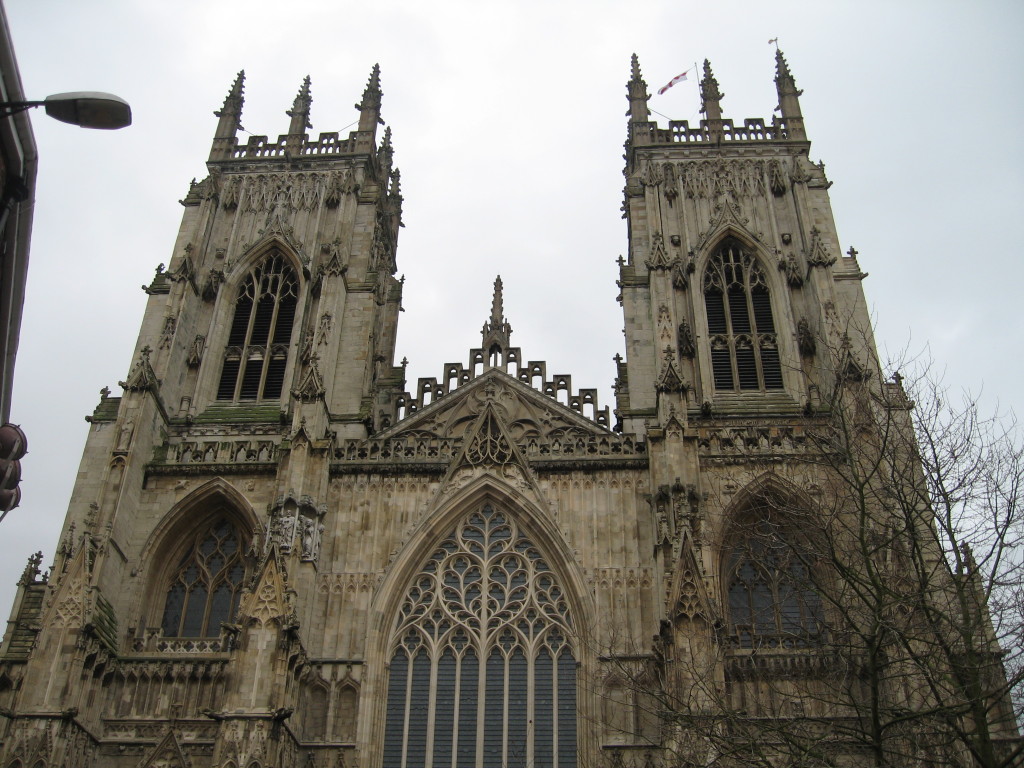
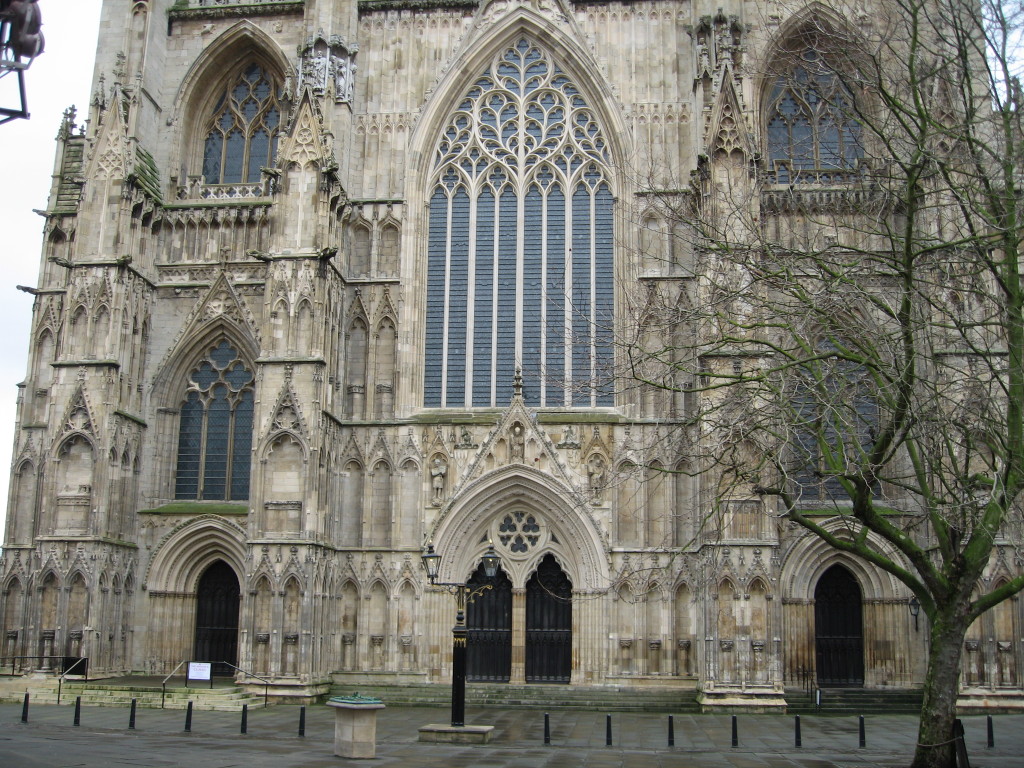
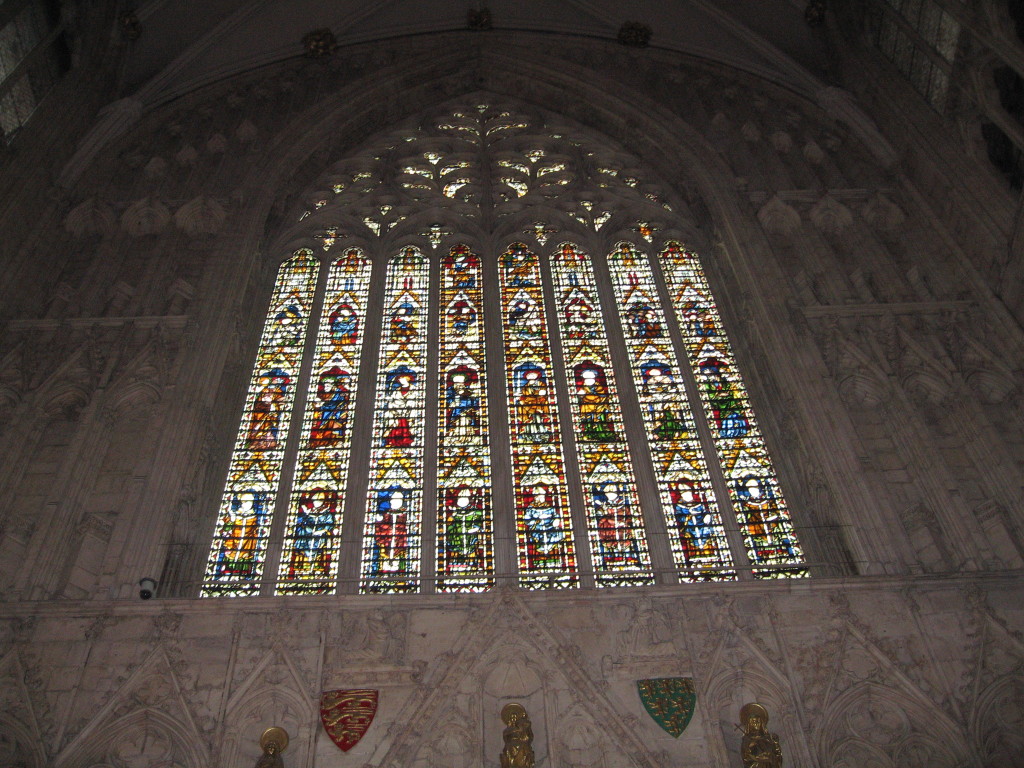
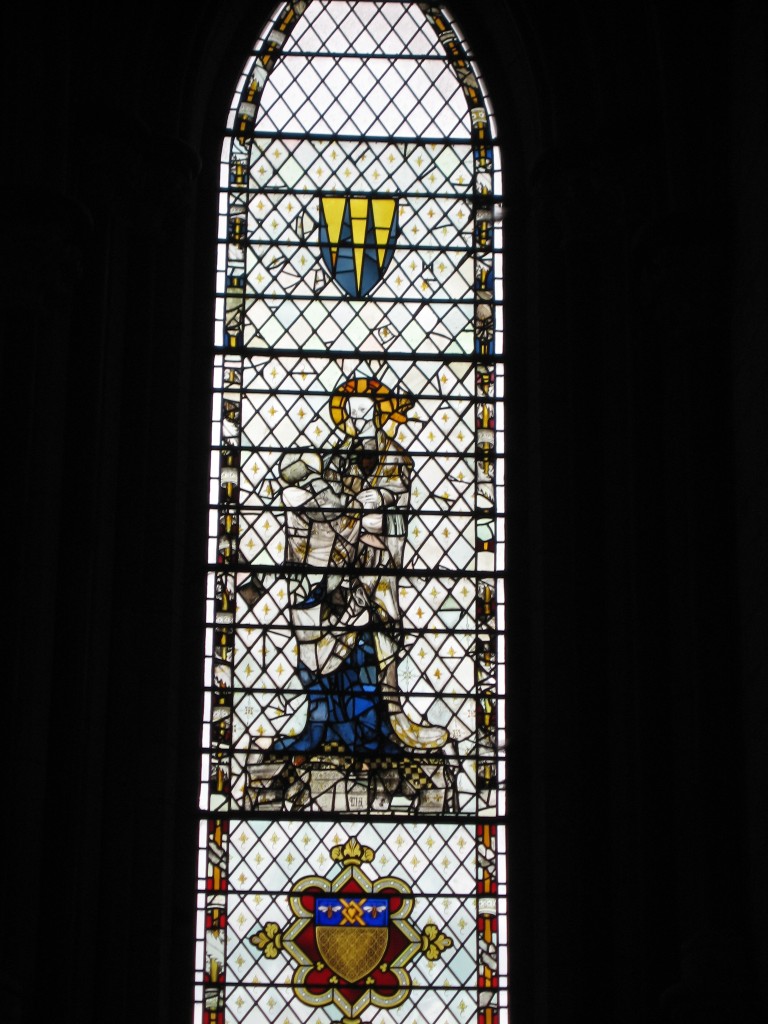
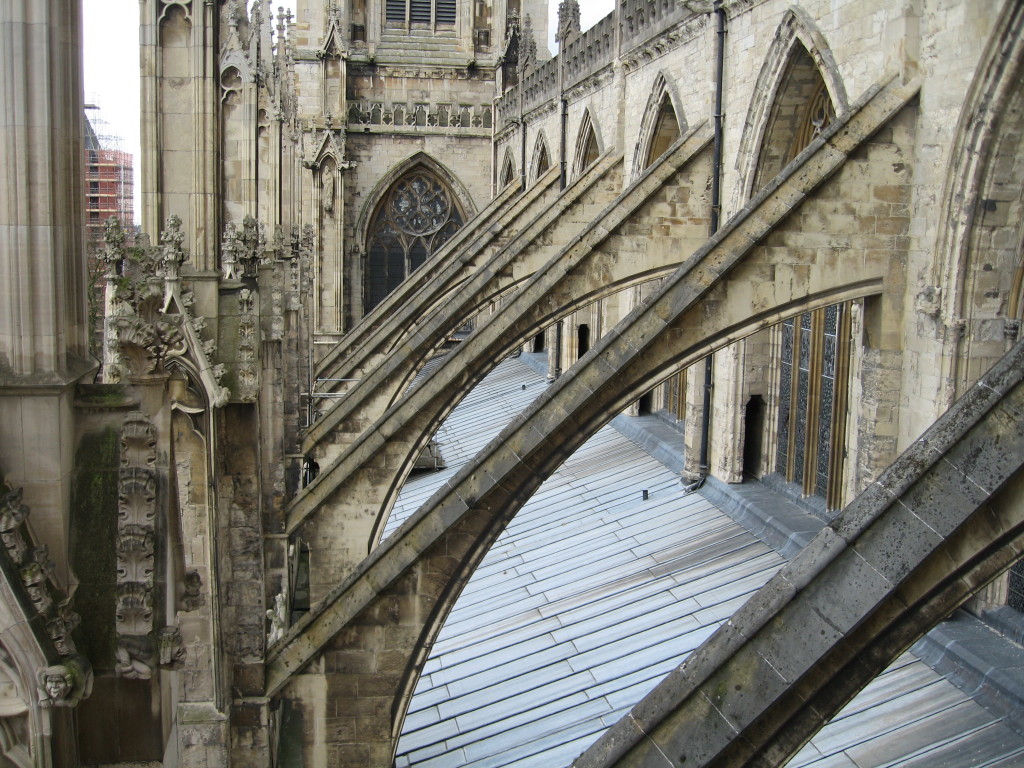

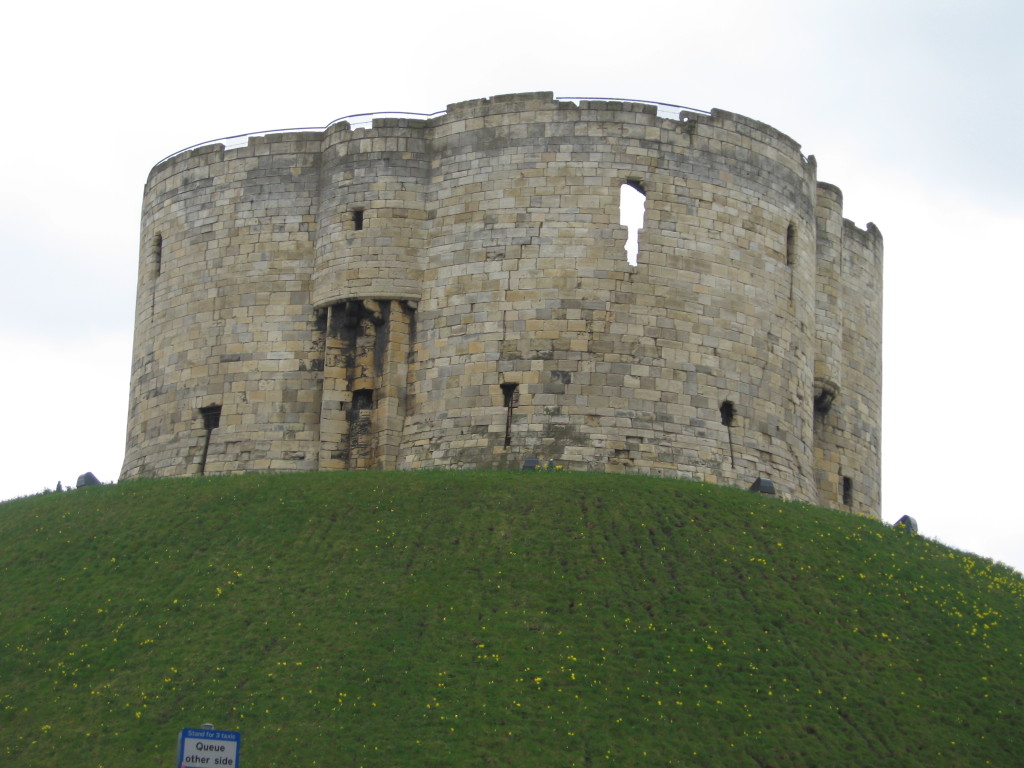
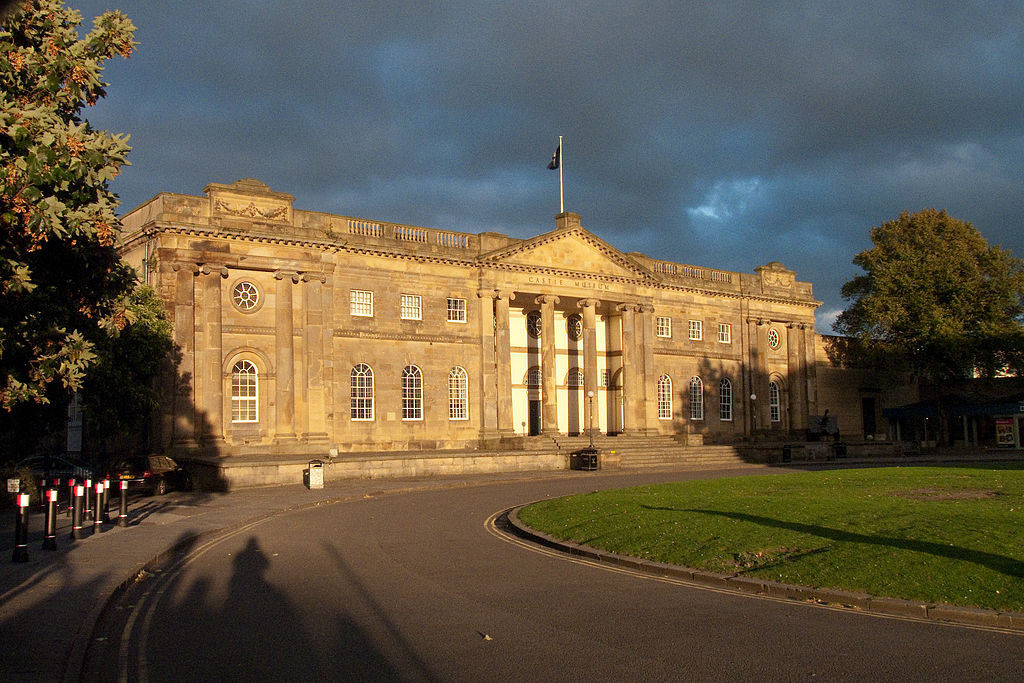
The pictures are great! I can’t wait for part 2!
Thank you! Should I have included the photo where you are almost at the top of York Minster, clinging to the rails and trying not to see how far we were from the ground? Looking forward to our next trip!